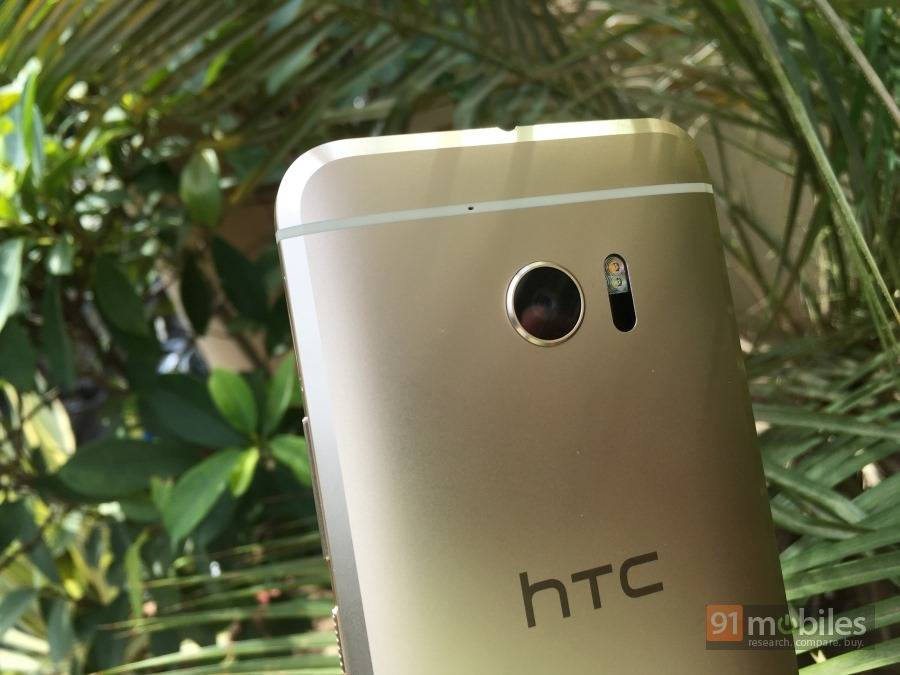
“The One (E8) is able to one-up its more premium sibling in the camera department”
When it comes to camera aspect, the HTC One launched last year was a bold step from the brand as it openly challenged smartphone manufacturers to innovate in the camera department beyond megapixels. It’s successor, the M8, took camera innovation to another level by offering a dedicated depth sensor at the rear along with the main sensor – a first for any smartphone camera. The additional sensor captures depth information and hence allows Lytro-like effects, including the ability to change focus between subjects, copy and paste, add seasons effects, and more. Sadly, as noted in our review of the M8, after the initial novelty of these effects wears down, the camera quality fails to impress.
The M8’s plastic-clad sibling, the One (E8) [FAQs | first impressions], drops all these shenanigans for a more conventional 13-megapixel BSI camera with f/2.2 aperture. There’s also an LED flash to provide illumination in poor-lighting conditions. So, how well does the camera perform and is it able to better its progenitor itself? Let’s get a closer look in our camera performance review of the HTC One (E8).
Table of Contents
Long shot
This shot clears our very first question whether the E8 is better than its sibling or not. The image has captured all the details of the scene and don’t turn grainy even after zooming in. However, the colours seem a tad off the mark.
Close up
We really loved this macro shot captured by the HTC One (E8)’s camera as all the details are clearly visible and colour fidelity is also good.
Close up (zoomed in)
Even after zooming in into the close-up image, the details with leaves and flowers’ petal are clearly visible. The colours also seem to be better than the long shot.
Front camera shot
To cater to selfie enthusiasts, HTC has supplied the One (E8) with a capable 5-megapixel backside-illuminated sensor at the front. As you can see in the image captured by the secondary camera, it reproduces good detail and colours.
HDR off
This is our standard scene to test the camera’s HDR capability. Even without turning on the HDR mode, the image isn’t looking bad as there’s no noise and colours are also reproduced well.
HDR on
Turning on the HDR mode for the same scene adds some punch to it as colours are brighter and hence the whole image looks livelier.
Night shot
An image taken at night with the HTC One (E8) shows visible amount of noise and an odd halo around the light source, but is still usable.
Low-light shot
In low-light conditions, the One E8’s camera is able to capture the objects well, even though the image is quite noisy.
Low-light shot with flash
With flash, the same scene is instantly lit up, though the illumination is too strong for our liking.
To conclude, we can say that the HTC One (E8)’s camera is definitely better than its sibling as it’s able to capture more details. Though, it can’t win over the M8 when it comes to special effects or low-light photography. Another impressive point worth mentioning about the One E8’s camera is its super-fast shooting capability. However, the camera struggled when it comes to capturing different colours. Overall, the HTC One (E8) is a decent camera, but can’t match shooters on devices like the Samsung Galaxy S5 (camera review) and Oppo Find 7 (camera review).






















